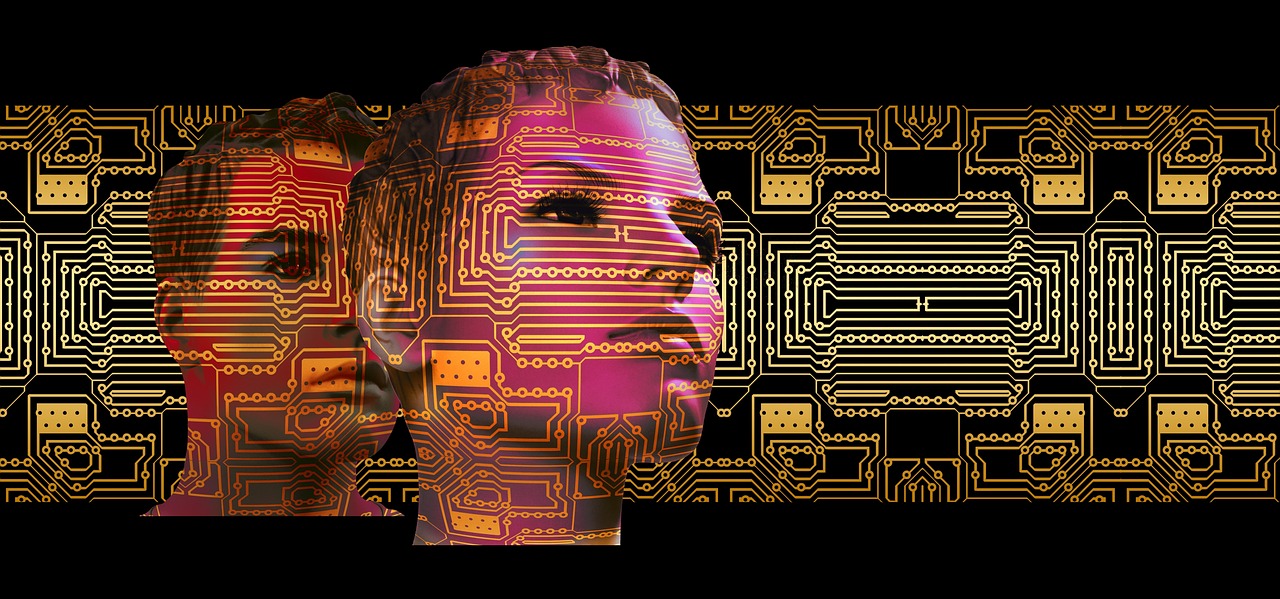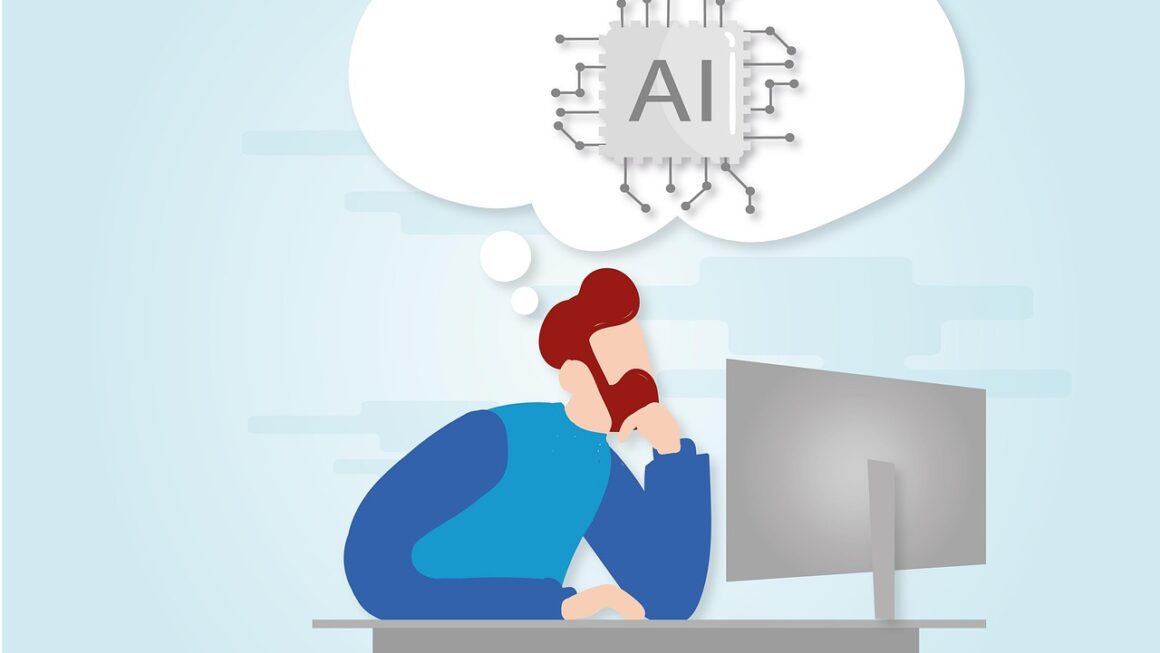The world of software development is rapidly evolving, and at the forefront of this change are AI coding tools. These innovative technologies are not just futuristic concepts anymore; they are actively reshaping how developers write, test, and deploy code. By automating repetitive tasks, generating code snippets, and even assisting with debugging, AI is empowering developers to be more productive, efficient, and creative. This article will delve into the transformative potential of AI coding tools, exploring their capabilities, benefits, and practical applications in modern software development.
The Rise of AI in Software Development
The Growing Need for Efficient Coding Solutions
The demand for software is constantly increasing, creating a significant challenge for developers. Meeting deadlines, maintaining code quality, and adapting to new technologies requires innovative solutions. This is where AI coding tools come in, offering the potential to automate mundane tasks and accelerate the development process. According to a recent report by Gartner, AI augmentation could automate or enhance up to 80% of routine programming tasks by 2025. This highlights the substantial impact AI is poised to have on the software development landscape.
What are AI Coding Tools?
AI coding tools leverage machine learning algorithms to assist developers in various stages of the software development lifecycle. These tools range from simple code completion engines to more sophisticated platforms that can generate entire code blocks, identify bugs, and even suggest architectural improvements. They analyze code patterns, learn from vast datasets of existing codebases, and provide intelligent assistance to developers.
- Examples of AI coding tools include:
GitHub Copilot: An AI pair programmer that suggests code and entire functions in real-time.
Tabnine: An AI code completion tool that learns from your coding style.
Codeium: A free AI powered code completion and search tool.
Amazon CodeWhisperer: An AI coding companion that generates code suggestions and code completion.
How AI Coding Tools Work
At their core, AI coding tools rely on deep learning models trained on massive datasets of code. These models learn to recognize patterns, understand syntax, and predict what a developer might want to write next. When a developer starts typing code, the AI tool analyzes the context, including the current file, project structure, and coding style, and then provides relevant suggestions. These suggestions can range from simple variable names to entire code blocks, saving developers significant time and effort.
Benefits of Using AI Coding Tools
Increased Productivity and Efficiency
One of the most significant advantages of using AI coding tools is the boost in productivity. By automating repetitive tasks, such as generating boilerplate code or writing unit tests, developers can focus on more complex and creative aspects of their work.
- Example: Instead of manually writing getter and setter methods for a class, an AI tool can generate them automatically. This frees up the developer to focus on designing the class’s core logic.
Improved Code Quality
AI coding tools can help improve code quality by identifying potential errors, suggesting best practices, and enforcing coding standards. They can also help developers write more maintainable and readable code.
- Example: An AI tool can flag potential security vulnerabilities in the code or suggest more efficient algorithms.
Faster Learning and Onboarding
AI coding tools can be invaluable resources for new developers. They can provide real-time feedback on coding practices, suggest alternative solutions, and help new developers learn from experienced coders’ patterns.
- Example: A new developer can use an AI tool to understand how to implement a specific design pattern or how to use a particular library. The tool can provide examples and explanations, accelerating the learning process.
Reduced Development Costs
By increasing productivity, improving code quality, and reducing the time it takes to onboard new developers, AI coding tools can ultimately lead to significant cost savings for organizations.
- Example: A company can reduce its development time by 20% by using AI coding tools, which translates to lower labor costs and faster time to market.
Practical Applications of AI Coding Tools
Code Completion and Suggestion
AI-powered code completion is one of the most common and widely used applications of AI in software development. These tools can predict the next line of code a developer is likely to write, saving time and reducing the risk of errors.
- Example: When writing a function in Python, an AI tool can suggest the next argument based on the function’s definition and the context of the code.
Code Generation
Some AI coding tools can generate entire code blocks based on natural language descriptions or high-level specifications. This can be particularly useful for creating boilerplate code, generating unit tests, or implementing common algorithms.
- Example: A developer can write a comment describing a function that sorts a list of numbers, and the AI tool can generate the code for the function automatically.
Bug Detection and Prevention
AI can be used to analyze code and identify potential bugs or vulnerabilities. These tools can learn from past mistakes and identify patterns that are likely to lead to errors.
- Example: An AI tool can flag potential null pointer exceptions or suggest ways to handle edge cases that the developer might have overlooked.
Code Refactoring and Optimization
AI coding tools can assist developers in refactoring and optimizing code to improve its performance, readability, and maintainability.
- Example: An AI tool can suggest ways to simplify a complex function, reduce code duplication, or improve the efficiency of an algorithm. It might suggest replacing a loop with a more efficient built-in function or data structure.
Challenges and Considerations
Accuracy and Reliability
While AI coding tools have made significant progress, they are not perfect. They can sometimes generate incorrect or misleading suggestions, especially in complex or ambiguous situations.
- Actionable Takeaway: Developers should always review and test the code generated by AI tools to ensure its accuracy and reliability. Don’t blindly trust the AI.
Bias and Fairness
AI models are trained on data, and if the data contains biases, the models can perpetuate those biases in their suggestions and recommendations.
- Actionable Takeaway: Developers should be aware of potential biases in AI coding tools and take steps to mitigate them, such as using diverse datasets and carefully evaluating the tool’s output.
Security Risks
AI coding tools can introduce security risks if they are not properly secured. They can be vulnerable to attacks that could compromise the confidentiality, integrity, or availability of the code.
- Actionable Takeaway: Organizations should implement robust security measures to protect AI coding tools from attacks, such as access controls, encryption, and regular security audits.
Over-Reliance and Skill Degradation
There’s a concern that over-reliance on AI coding tools might lead to a degradation of developers’ coding skills.
- Actionable Takeaway: Developers should use AI coding tools as a supplement to their skills, not as a replacement. Continuously learn and practice coding to maintain and improve their abilities. Don’t let the AI do all the thinking for you.
Conclusion
AI coding tools are revolutionizing software development, offering significant benefits in terms of productivity, code quality, and cost savings. While challenges and considerations exist, the potential of AI to augment and enhance the development process is undeniable. As AI technology continues to evolve, we can expect to see even more sophisticated and powerful coding tools emerge, further transforming the way software is created. Embracing these tools, while remaining mindful of their limitations, is crucial for developers and organizations looking to stay competitive in today’s rapidly changing landscape. The future of coding is here, and it’s powered by AI.




